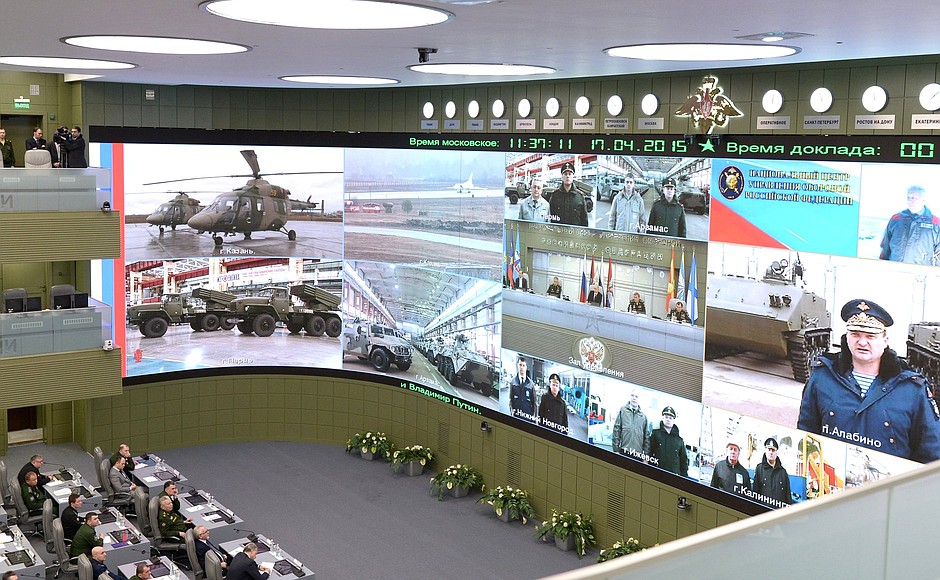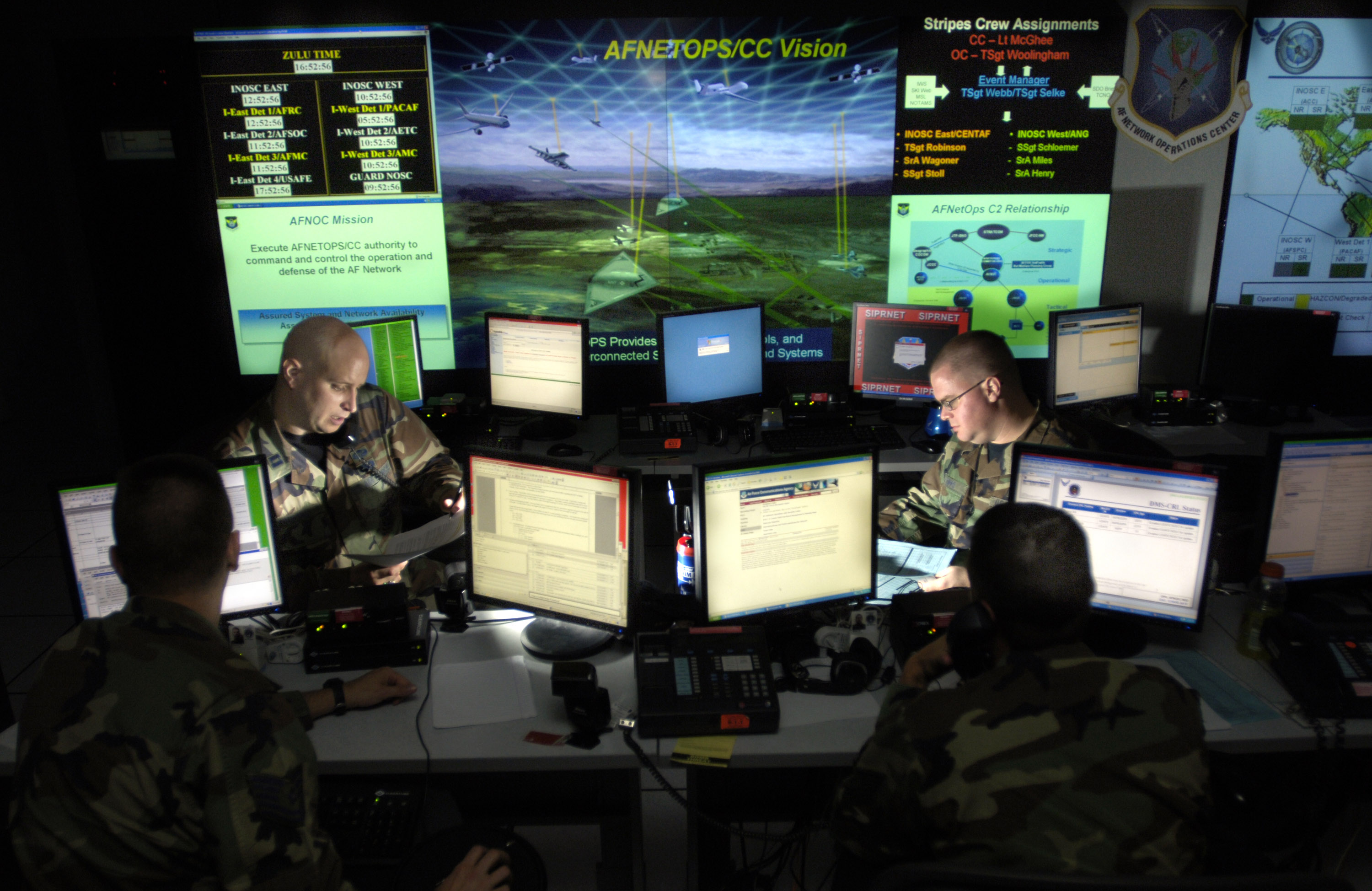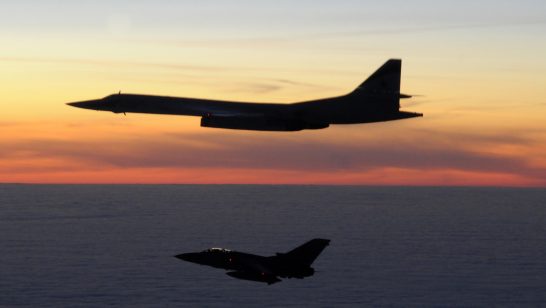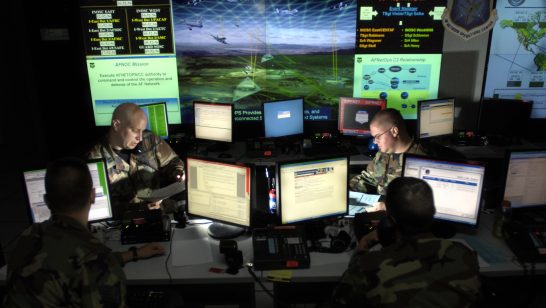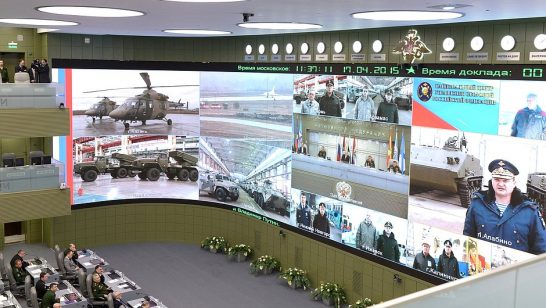
The ongoing confrontation between Russia and NATO, characterized by increased military spending and maneuvering, stark and often aggressive rhetoric, and the ever-narrowing space for diplomatic communication, has reignited a focus on deterrence – or the active avoidance of war.
The latest ELN report Russia and NATO: How to overcome deterrence instability? shows that the current Russia-NATO deterrence relationship is unstable, and dangerously so. The authors argue that the interplay between the deterrence postures operated by both Russia and NATO has not been sufficiently appreciated during their development – deterrence cannot be effective if your target does not understand your actions.
While both of these postures are ultimately meant to prevent war, some elements currently make this adversarial relationship unnecessarily prone to crises:
- Russia’s “integrated strategic deterrence” envisages taking significant pre-emptive actions in all domains with the aim of dominating the early stages of any conflict. Russia relies on creating a sense of unpredictability and on keeping the opponent off-balance through statements and actions that come across as assertive or aggressive.
- NATO’s “modern deterrence” remains a work in progress and remains torn between the aspiration of projecting restraint and the concern that the current posture is too weak to deter Russia. That results in an often confusing deterrence signalling.
- The negative ‘interplay’ between the two deterrence concepts and postures and the danger of misunderstanding the other side’s deterrence signalling can cause rapid and uncontrollable escalation during a Russia-NATO crisis.
Between 2014 and 2018, both sides focused their attention on demonstrating their deterrence resolve and improving their ability to defend against an attack. They should now focus on making their existing deterrence postures fail-safe against the risks of incidents, accidents and inadvertent conflict in two areas:
1. Addressing the perceived hostile intentions and minimising the likelihood of military coercion or surprise attack. Specifically:
- Russia should review its current deterrence posture, initiate early practical changes towards a less destabilising posture;
- At the July Summit, NATO should launch a review to assess the effectiveness of its existing deterrence posture and inform any further decisions about its modification;
- Both sides should work to re-introduce restraint into conventional deterrence postures through reviving the restraint pledges made in the 1990s, developing additional measures of restraint, and utilizing better the existing toolbox of confidence-building measures.
- Both sides should avoid increasing the role of nuclear forces in their deterrence postures.
- Both sides need to minimise the risk of cross-domain escalation from cyber and space operations.
2. Creating space for crisis management diplomacy and avoiding rapid escalation. Specifically:
- Both sides should build crisis-management procedures into their deterrence postures. The need for rapid reaction cannot become an over-riding imperative for Russia and NATO.
- Russia and NATO ought to maintain multiple channels for routine and crisis communication. Effective crisis management cannot depend on the NATO-Russia Council in its present shape, nor on ad hoc emergency communication channels.
The opinions articulated above represent the views of the author(s), and do not necessarily reflect the position of the European Leadership Network or any of its members. The ELN’s aim is to encourage debates that will help develop Europe’s capacity to address pressing foreign, defence, and security challenges.



